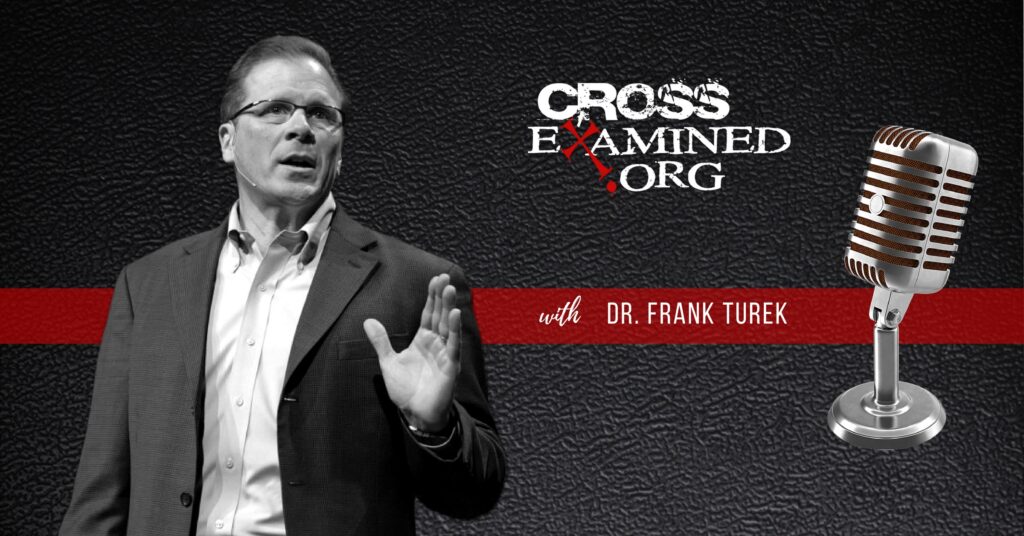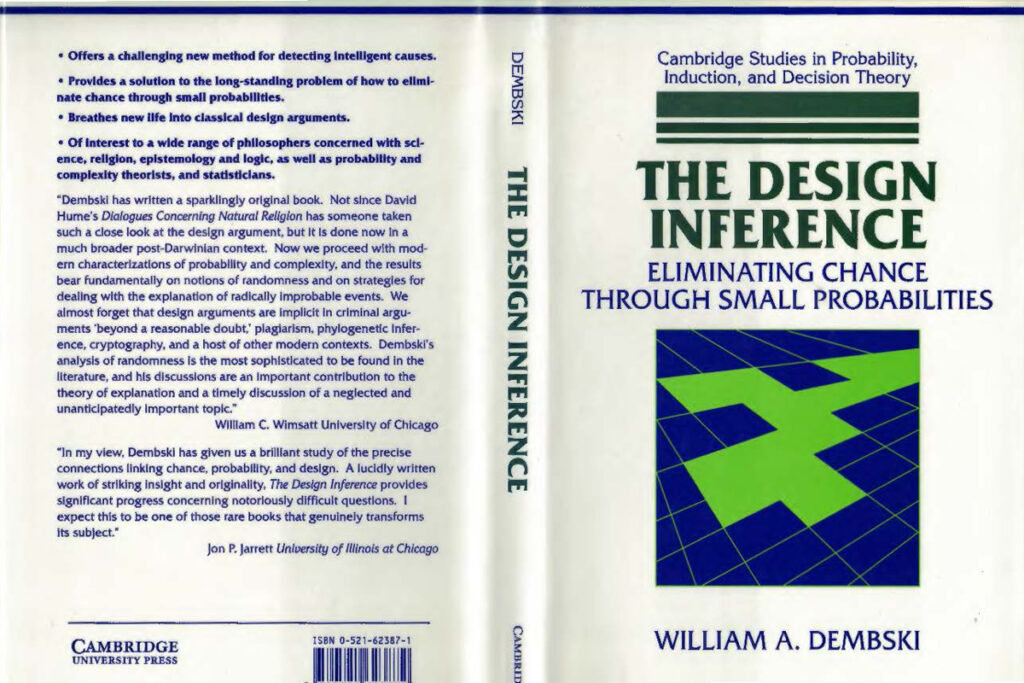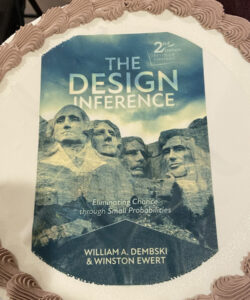The second edition of The Design Inference was released November 16, 2023 — 25 years after the first edition was originally published. My colleague and good friend Winston Ewert is a full co-author on this second edition. For the endorsements, table of contents, and foreword (by Michael Egnor), click here. Below is a running record of podcasts, publicity, and reactions to the second edition.
***
***
*
*

https://crossexamined.org/?powerpress_pinw=92230-podcast [Frank Turek Interview]
*
***
Here’s what the first edition looks like:


